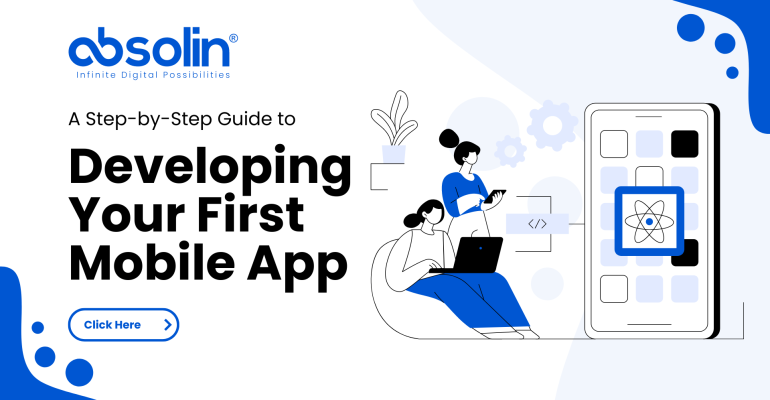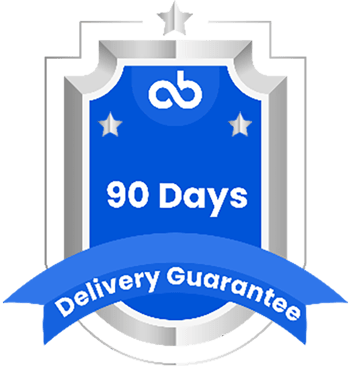From Concept to Launch: A Step-by-Step Guide to Developing Your First Mobile App

From Concept to Launch: A Step-by-Step Guide to Developing Your First Mobile App
Developing a mobile app can be a game-changer for your business, offering new ways to engage customers and streamline operations. However, the journey from concept to launch involves several critical steps that require careful planning and execution. Here’s a comprehensive step-by-step guide to help you navigate the process of developing your first mobile app.
1. Define Your App Idea
The first step in developing a mobile app is to have a clear and concise idea. Ask yourself:
- What problem does your app solve?
- Who is your target audience?
- What features will your app offer?
Conduct market research to validate your idea. Analyze your competitors and gather insights into what works and what doesn’t.
2. Create a Detailed App Specification
Once you have a solid idea, create a detailed specification document. This should include:
- App functionality and features
- User roles and permissions
- Wireframes or sketches of key screens
- Technical requirements and platform specifications (iOS, Android, or both)
This document will serve as a blueprint for your development team.
3. Set a Budget and Timeline
Determine your budget and timeline for the project. Consider factors such as development costs, design, testing, and marketing. Be realistic about what you can achieve within your constraints.
4. Choose a Development Approach
Decide whether you will develop the app in-house or outsource to a professional development team. There are three main approaches:
- Native App Development: Creating separate apps for iOS and Android using their respective programming languages (Swift/Objective-C for iOS, Kotlin/Java for Android).
- Cross-Platform Development: Using frameworks like React Native or Flutter to build a single app that works on both platforms.
- Web-Based Apps: Creating a mobile-friendly web app that can be accessed through a browser.
Each approach has its pros and cons, so choose the one that best fits your needs and resources.
5. Design the User Interface (UI) and User Experience (UX)
A great app starts with a great design. Work with a skilled designer to create an intuitive and visually appealing user interface. Focus on:
- Simplicity and ease of use
- Consistent branding and aesthetics
- Seamless navigation and flow
Conduct usability testing with real users to gather feedback and make necessary improvements.
6. Develop the App
With the design ready, it’s time to start development. This phase involves:
- Frontend Development: Building the user interface and ensuring it works smoothly on different devices.
- Backend Development: Setting up servers, databases, and APIs to handle the app’s functionality.
- Integration: Connecting the frontend and backend to ensure seamless communication.
Use agile development methodologies to manage the process and ensure continuous improvement.
7. Test the App
Thorough testing is crucial to identify and fix bugs before the app goes live. Conduct different types of testing, including:
- Functional Testing: Ensuring all features work as intended.
- Usability Testing: Verifying the app’s ease of use.
- Performance Testing: Checking how the app performs under various conditions.
- Security Testing: Ensuring the app is secure and protects user data.
Consider using beta testers to get feedback from real users and make final adjustments.
8. Launch the App
Once the app passes all tests, it’s time for the big launch. Follow these steps:
- Submit the app to the App Store (iOS) and Google Play Store (Android).
- Ensure you comply with each platform’s guidelines and requirements.
- Plan a marketing strategy to promote your app, including social media, press releases, and app store optimization (ASO).
9. Monitor and Update the App
Launching the app is just the beginning. Continuously monitor its performance and gather user feedback. Release regular updates to:
- Fix bugs and improve performance
- Add new features based on user feedback
- Keep up with platform updates and security requirements
Conclusion
Developing a mobile app involves a series of well-planned steps, from defining your idea to launching and maintaining the app. By following this guide, you can ensure a smoother development process and increase your chances of success. Whether you choose to develop in-house or partner with experts like Absolin, taking a structured approach will help you create a valuable and user-friendly app that meets your business goals.





